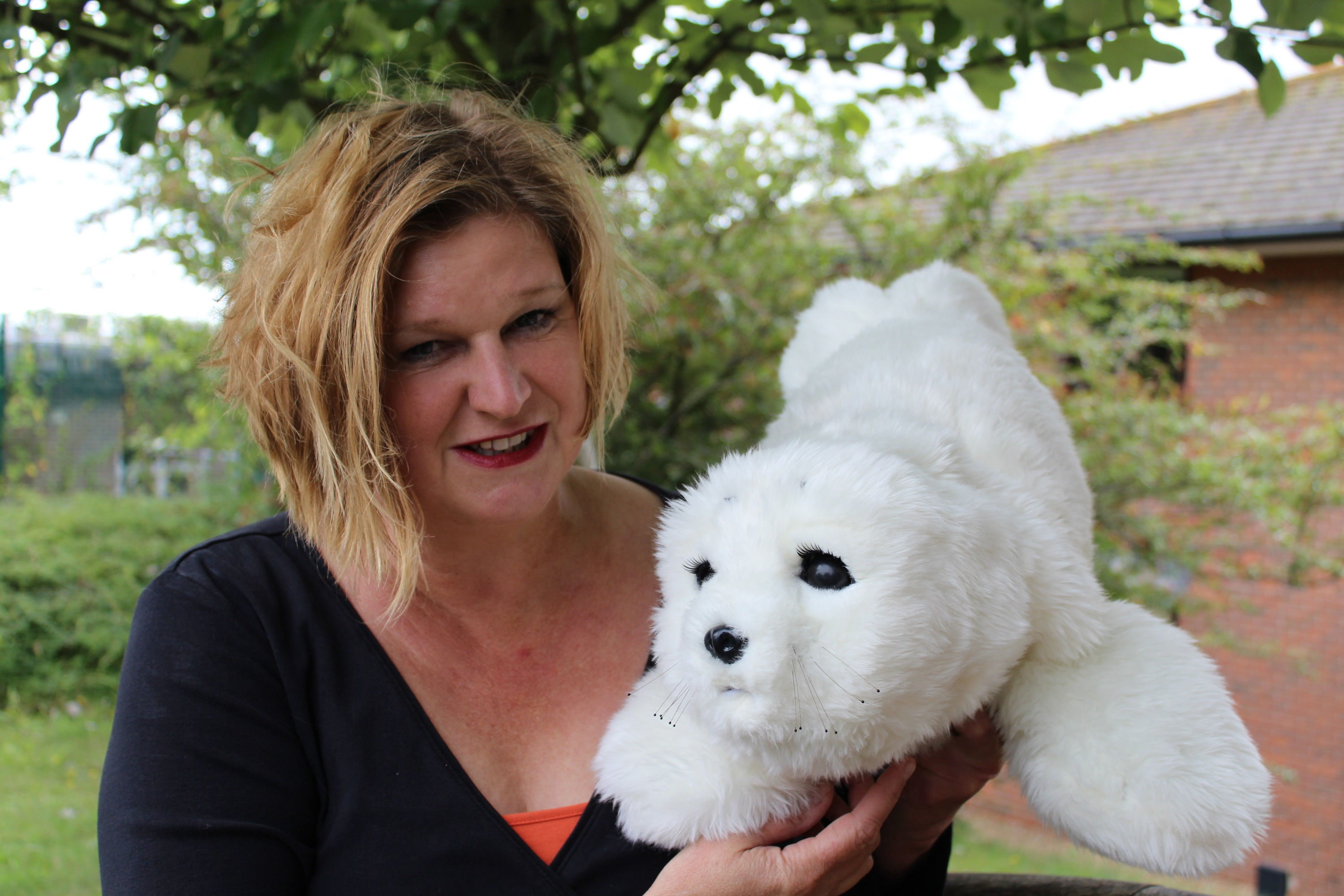
ROBOTIC seals that respond to touch and speech are a step closer to being introduced on to dementia wards.
The devices, known as PARO, were invented in Japan and look like cuddly toy seals.
They have built-in sensors and their artificial intelligence allows them to “learn” and respond to the name given to them by patients.
They can also react to being stroked and spoken to by wriggling, turning to the patient, opening their big eyes and squeaking.
Research has shown the seals can reduce stress and anxiety, promote social interaction, facilitate emotional expression, and improve mood and speech fluency.
But although they were shown to enhance the wellbeing of people with dementia, there were concerns about meeting the infection prevention control requirements as they can be hard to clean.
Hygiene and cleaning tests were carried out over nine months by the University of Brighton’s School of Health Sciences on a 10-bed dementia ward run by Sussex Partnership NHS Foundation Trust.
The results show that PARO was maintained within acceptable limits for NHS Infection Control.
Lead researcher Dr Penny Dodds, who recently moved from the university to the charity Dementia UK, said: “To our knowledge, this was the first testing of the infection prevention and control aspects in the world and we are delighted with the results.
“We have demonstrated that, under controlled conditions, PARO was safe within the hospital setting for an acute care dementia unit. It is hoped that this can allay concerns from those who have been hesitant about using PARO in the NHS.
“It is anticipated that PARO will receive Medical Devices Status in the UK shortly and the distributor is preparing PARO for the UK market – we could be seeing PARO on wards throughout the country in the not-too-distant future.
“The successful research means we can now offer our cleaning testing protocols for use. This work is ongoing and the next stage will be to see if a weekly clean can be reduced to 15 minutes.”
Dr Dodds said there were similarities to using pet therapy but PARO is easier to supervise.
“Unlike real pets, PARO always behaves, has rechargeable batteries, is always available – and PARO should last about 12 years,” she added.
“The most important aspect is the improvement PARO makes to a patient’s quality of life.”
Dr Doug Brown, chief policy and research officer at Alzheimer’s Society, said: “It’s great news that PARO has sealed the deal, bringing these robots one step closer to supporting people with dementia.
“With no cure for dementia and no new treatments for over 15 years, it’s important to develop innovative ways to support the 850,000 people living with dementia today.
“These novel seal robots can boost social engagement, improve mood and reduce agitation in some people living with dementia. Although it is vital that they are used alongside human contact, and never replace it.”

Enjoy the convenience of having The Sunday Post delivered as a digital ePaper straight to your smartphone, tablet or computer.
Subscribe for only £5.49 a month and enjoy all the benefits of the printed paper as a digital replica.
Subscribe